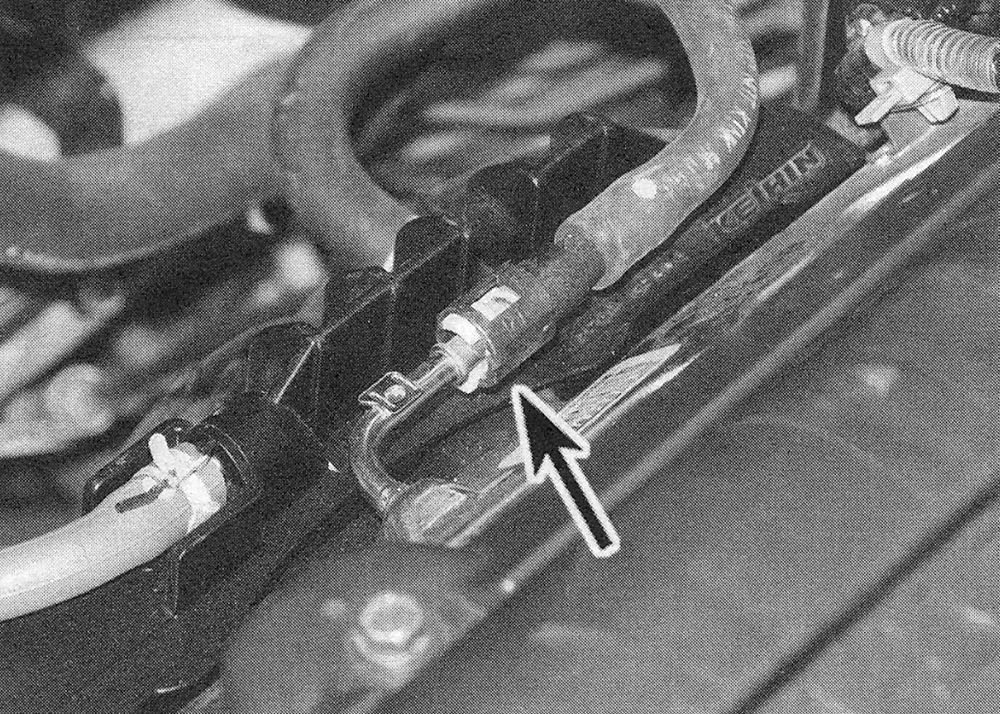Fuel pressure — check
Warning: Gasoline is extremely flammable. See Fuel system warnings in Fuel and exhaust systems.
Note: The following procedure assumes that the fuel pump is receiving voltage and runs.
1. Relieve the fuel system pressure (see Fuel pressure relief procedure), then disconnect the fuel line quick-connect fitting at the fuel rail. Using the proper adapters, tee-in a fuel pressure gauge between the fuel line and the fuel rail (see illustrations).
i.1a This fuel pressure testing kit contains all the necessary fittings and adapters, along with the fuel pressure gauge, to test most automotive systems

i.1b Disconnect the fuel supply hose quick-connect fitting (arrow) from the fuel rail pipe, then attach the fuel pressure gauge set up to the fuel line and fuel rail fitting (2014 Civic 1.8L shown)

Note: 2015 and later CR-V models are direction injected and have a low and hi pressure fuel system. This procedure only tests the low-pressure fuel supplied by the in-tank pump. Connect the fuel pressure gauge at the fuel line fitting below the wiper cowl.
2. Start the engine and allow it to idle. Note the gauge reading as soon as the pressure stabilizes, and compare it with the pressure listed in this Chapter’s Specifications.
3. If the fuel pressure is not within specifications, check the following:
- ) If the pressure is lower than specified, check for a restriction in the fuel system (kinked fuel line, plugged fuel pump inlet strainer or clogged fuel filter). If no restrictions are found, replace the fuel pressure regulator and fuel filter (see Fuel pressure regulator — replacement and Fuel tank — removal and installation).
- ) Recheck the fuel pressure. If it is still lower than specified, replace the fuel pump (see Fuel tank — removal and installation).
- ) If the fuel pressure is higher than specified, replace the fuel pressure regulator (see Fuel pressure regulator — replacement).
4. Turn off the engine. Fuel pressure should not fall more than 8 psi over five minutes. If it does, the problem could be a leaky fuel injector, fuel line leak, or faulty fuel pump module.
5. Relieve the fuel pressure (see Fuel pressure relief procedure), then disconnect the fuel pressure gauge. Wipe up any spilled gasoline.